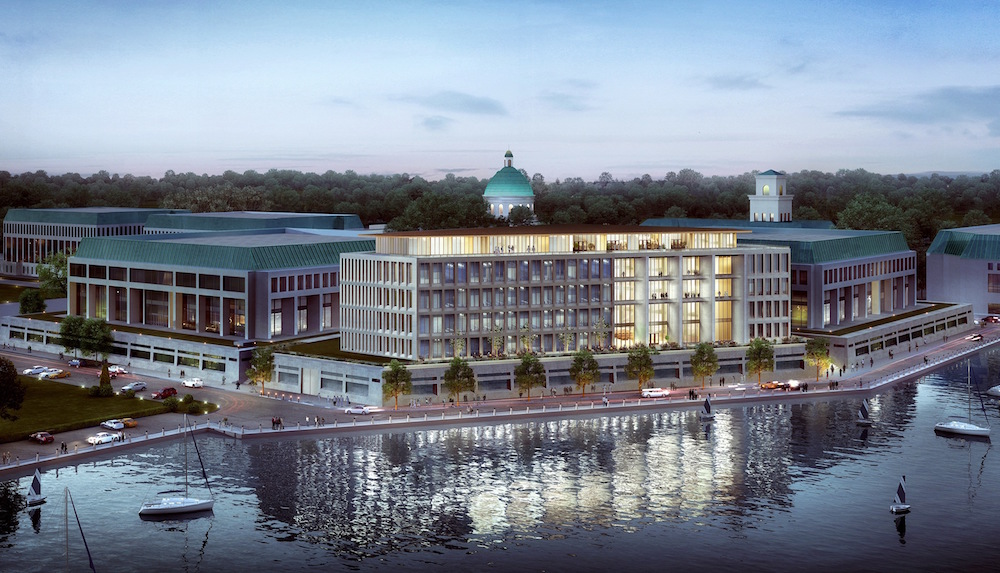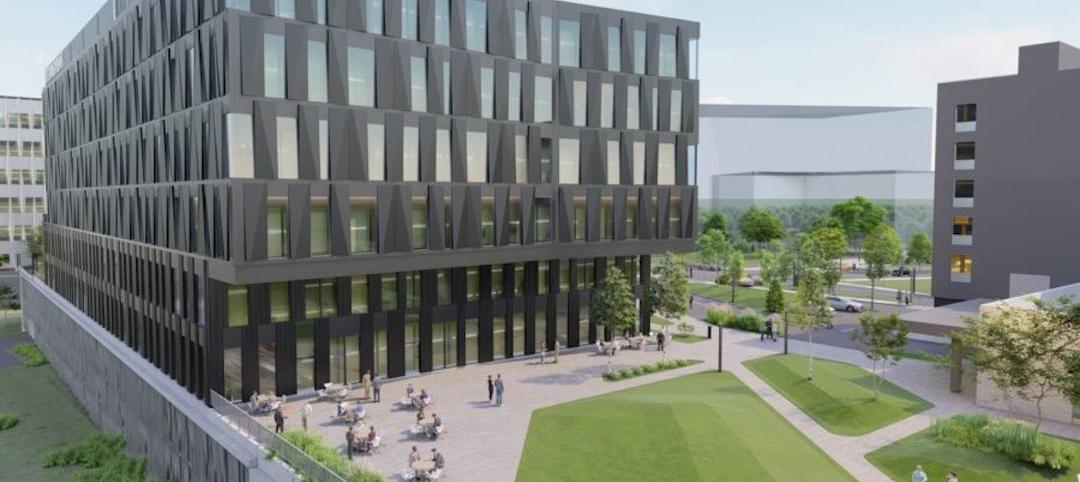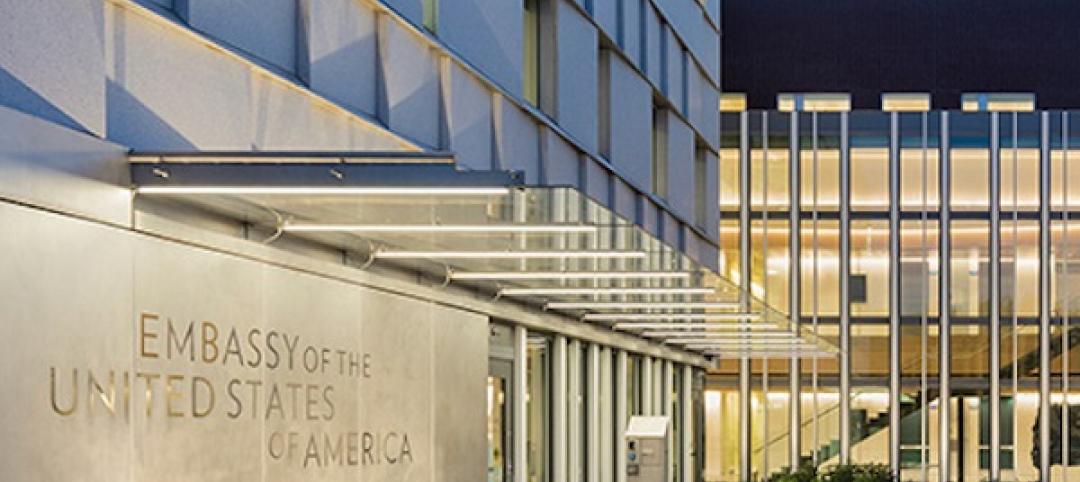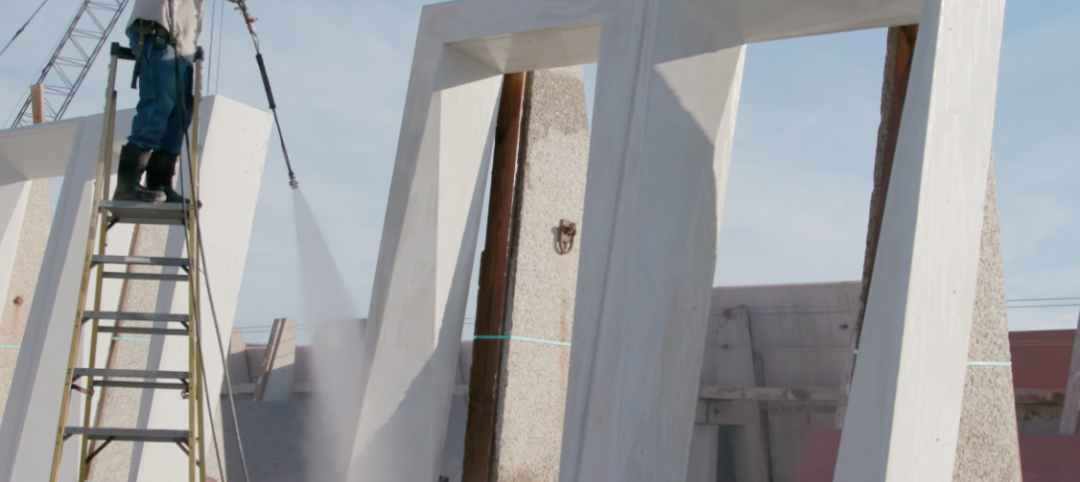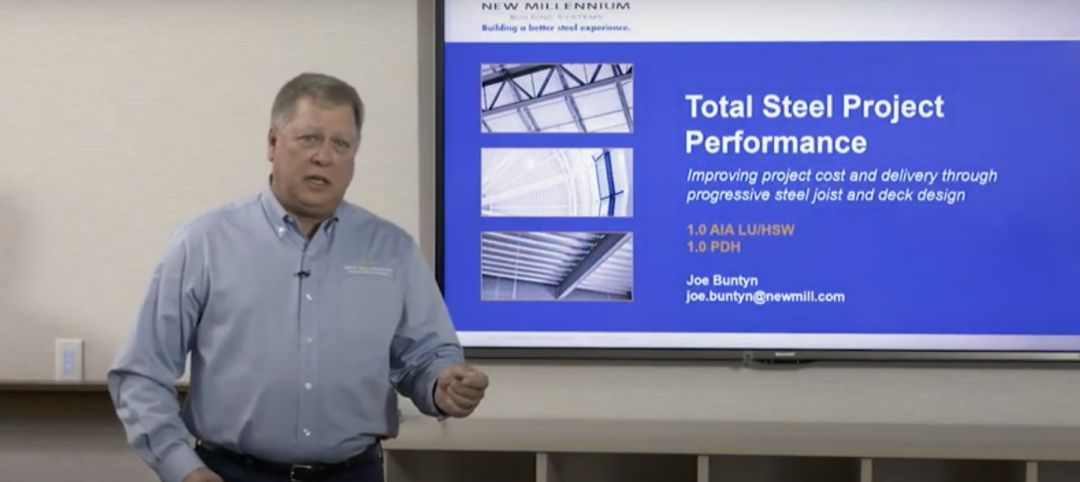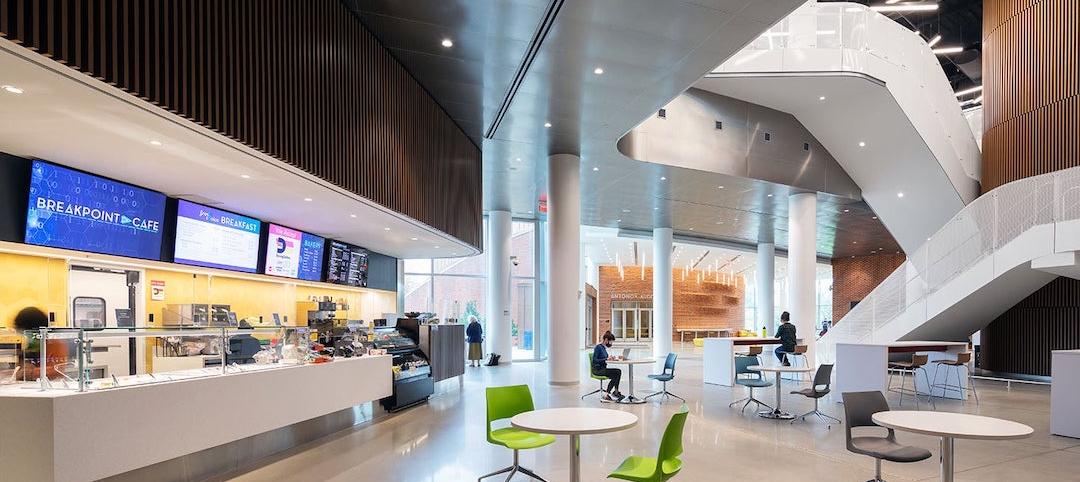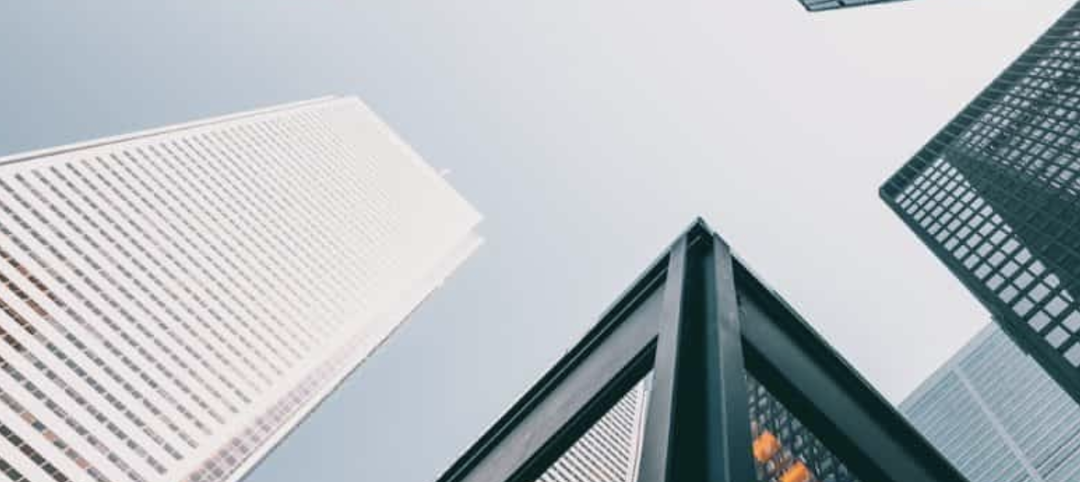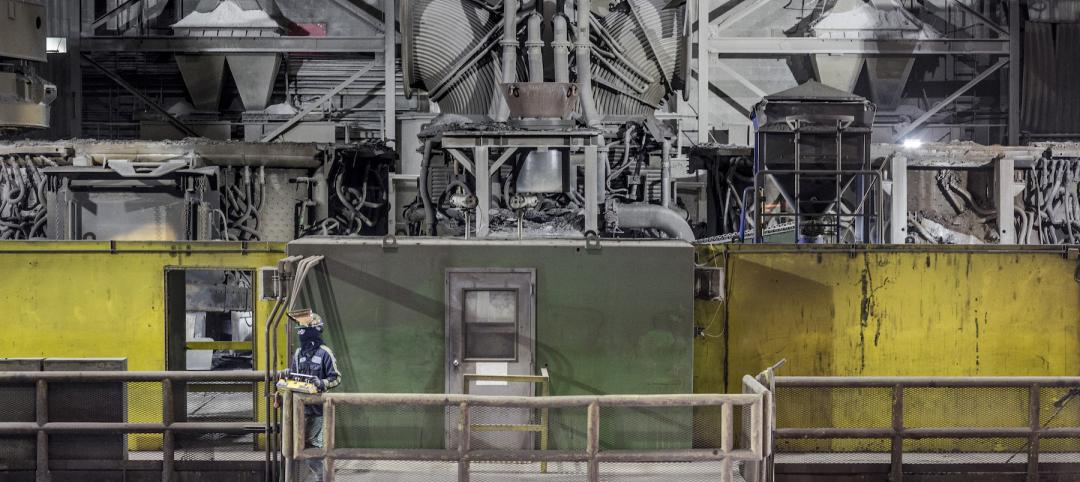Contractors need to be nimble enough to position themselves for whatever the market yields. “We want to be a ‘must consider’ for every project, and to be that, we must constantly improve,” says Pat Di Filippo, Executive Vice President of Turner’s Northeast region.
For the past several years, design-build has accounted for 10–15% of Turner’s work. “If you’re going to do design-build, you have to be able to drive the design,” Di Filippo says. The company is also pursuing projects more aggressively via public-private partnerships.
Last year, the company launched Turner Engineering Group, which now has 16 experts. Di Filippo, who leads the group, says there is “a tremendous thirst” for TEG’s services throughout the company. Its services have been expanded to include design peer review.
One recent project where TEG is providing services is the $114 million Center for Cyber Security Studies at the U.S. Naval Academy, which the design-build team of Turner and Skidmore, Owings & Merrill has been selected to deliver. The 206,400-sf facility will include a research and testing tank to support its engineering and weapons labs, an observatory, offices, and collaborative spaces for students and faculty.
Turner also has been cultivating its self-perform capabilities, such as concrete pouring. Last year, it hired nine regional Lean practice managers to streamline construction and reduce costs.
Making Turner a Lean practices company is a work in progress. “But the results are moving in the right direction,” Di Filippo says.
He is cautiously optimistic about business, especially in New York City, where several mega-projects are in the works. “We’re geared up for opportunities,” he says.
RETURN TO THE GIANTS 300 LANDING PAGE
Related Stories
Urban Planning | Jan 25, 2022
Retooling innovation districts for medium-sized cities
This type of development isn’t just about innovation or lab space; and it’s not just universities or research institutions that are driving this change.
Sponsored | Resiliency | Jan 24, 2022
Norshield Products Fortify Critical NYC Infrastructure
New York City has two very large buildings dedicated to answering the 911 calls of its five boroughs. With more than 11 million emergency calls annually, it makes perfect sense. The second of these buildings, the Public Safety Answering Center II (PSAC II) is located on a nine-acre parcel of land in the Bronx. It’s an imposing 450,000 square-foot structure—a 240-foot-wide by 240-foot-tall cube. The gleaming aluminum cube risesthe equivalent of 24 stories from behind a grassy berm, projecting the unlikely impression that it might actually be floating. Like most visually striking structures, the building has drawn as much scorn as it has admiration.
Sponsored | Resiliency | Jan 24, 2022
Blast Hazard Mitigation: Building Openings for Greater Safety and Security
Coronavirus | Jan 20, 2022
Advances and challenges in improving indoor air quality in commercial buildings
Michael Dreidger, CEO of IAQ tech startup Airsset speaks with BD+C's John Caulfield about how building owners and property managers can improve their buildings' air quality.
3D Printing | Jan 12, 2022
Using 3D-printed molds to create unitized window forms
COOKFOX designer Pam Campbell and Gate Precast's Mo Wright discuss the use of 3D-printed molds from Oak Ridge National Lab to create unitized window panels for One South First, a residential-commercial high-rise in Brooklyn, N.Y.
Engineers | Jan 12, 2022
Private equity: An increasingly attractive alternative for AEC firm sellers
Private equity firms active in the AEC sector work quietly in the background to partner with management, hold for longer periods, and build a win-win for investors and the firm. At a minimum, AEC firms contemplating ownership transition should consider private equity as a viable option. Here is why.
Sponsored | BD+C University Course | Jan 12, 2022
Total steel project performance
This instructor-led video course discusses actual project scenarios where collaborative steel joist and deck design have reduced total-project costs. In an era when incomplete structural drawings are a growing concern for our industry, the course reveals hidden costs and risks that can be avoided.
University Buildings | Jan 11, 2022
Designing for health sciences education: supporting student well-being
While student and faculty health and well-being should be a top priority in all spaces within educational facilities, this article will highlight some key considerations.
Green | Jan 10, 2022
The future of regenerative building is performance-based
Why measuring performance results is so critical, but also easier said than done.
Contractors | Jan 5, 2022
Adding construction workers safely during a chronic worker shortage
ISN's Joe Schloesser discusses how contractors desperate for workers need to continue to make safety a priority. Schloesser is a Senior Director with ISN, a global construction management firm.


